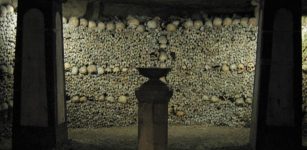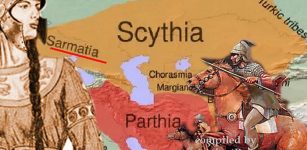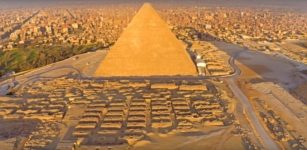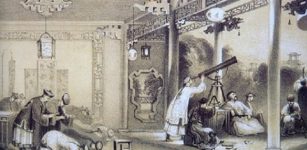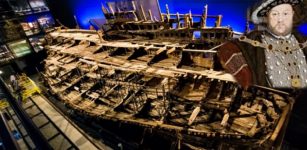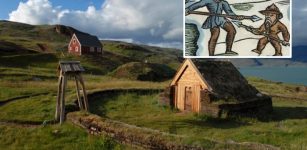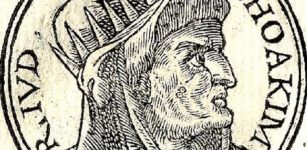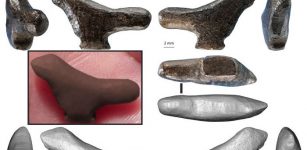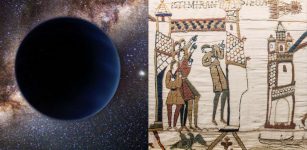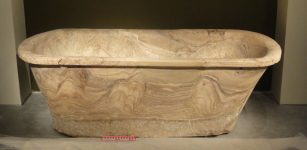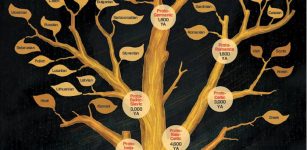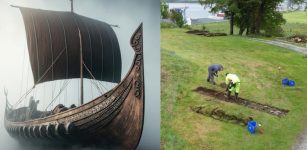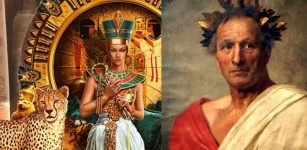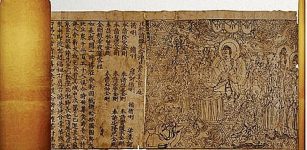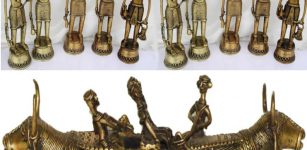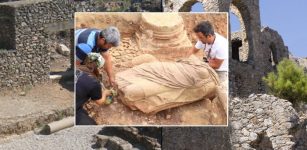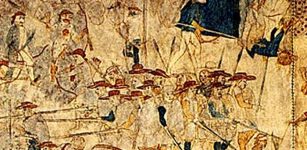8,000-Year-Old T-Shaped, Four-Sided Structure With Pyramidion – Uncovered in Turkey
Jan Bartek - AncientPages.com - A monument believed to be around 8,000-years old has been unearthed in northwestern Turkey’s Ugurlu-Zeytinlik mound, located in the northwestern province of Canakkale’s Gokceada district, reports Anadolu Agency.
The structure is the T-shaped monument - an obelisk – tall, four-sided tapering structure, ending in pyramidion.
“During this years’ excavation work, we have found a structure that we believe dates back to around 6,000 B.C.,” said Burcin Erdogu from Trakya University, archeologist and head of the excavation team.
 The structure will help to shed light on the history of Gokceada district of northwestern Canakkale province. Image credit: Anadolu Agency.
The structure will help to shed light on the history of Gokceada district of northwestern Canakkale province. Image credit: Anadolu Agency.
Excavations in the Ugurlu-Zeytinlik mound in the northwestern province of Canakkale’s Gokceada district had earlier unearthed a 7,000-year-old structure complex.
Gökçeada (historically, Imbros), an island in the Aegean Sea, northwestern Turkey, dates back to 8,800 years. Herodotus and Homer refer to Gökçeada as the settlement inhabited by the Pelasgians in antiquity. The Pelasgians were the ancestors (or forerunners) of the Greeks and were considered the indigenous inhabitants of the Aegean Sea region.
“This structure is an important discovery both for the Aegean islands and western Anatolia,” Erdogu said.
It is made of two pieces, interconnected by seven-meter-long walls. This discovery reminds standing stones in Gobeklitepe, first discovered in the 1960s, and located in Turkey's southeastern Sanliurfa province. Gobeklitepe that comprises huge stone slabs that had been purposefully arranged is thought to have been used for ritual or religious purposes. Therefore, it is widely considered the world’s first temple.
As to the newly discovered monument, Erdogu said it was the general thought that public structures, such as temples, were disappearing through the near East.
According to Erdogu, “the monumental structures seem like part of an area where people gathered and held some activities and rituals,” and this structure also will shed light on the history of Gokceada district of northwestern Canakkale province.
Written by Jan Bartek - AncientPages.com Staff Writer


